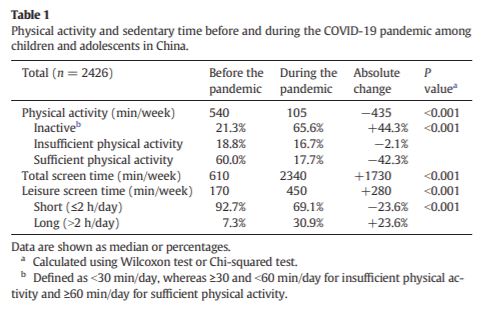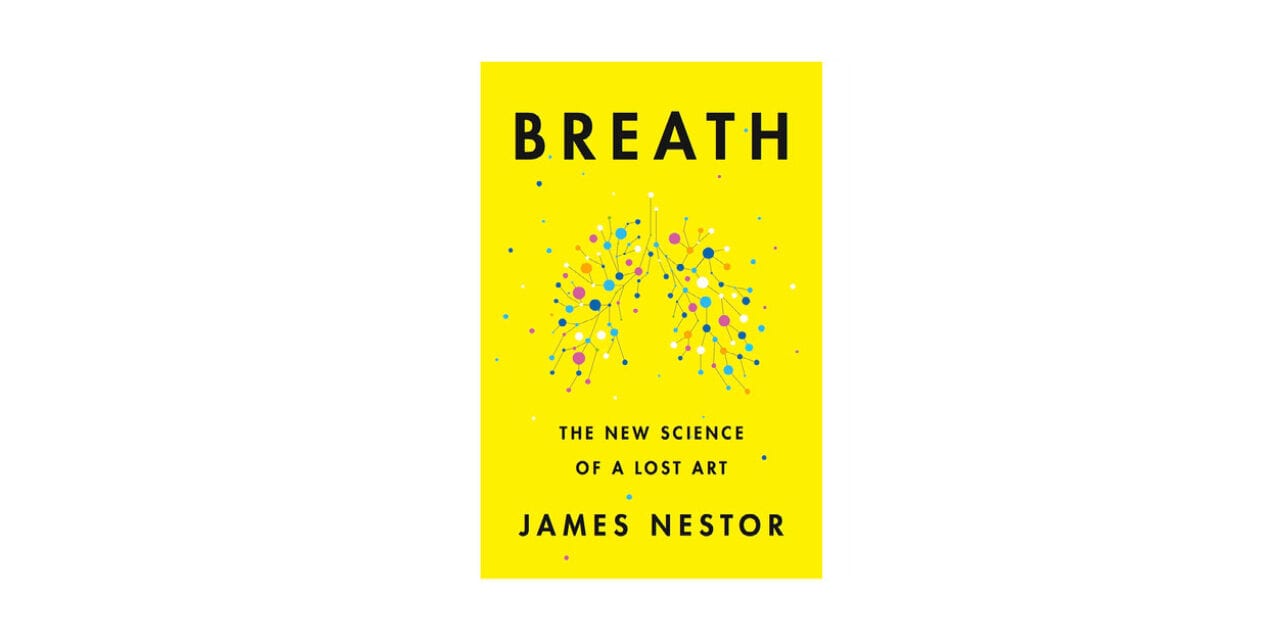What did people do with their free time before the internet? That’s the question from an interesting new study I came across. It tracked time use for young adults across three different decades.
Some of the results were predictable, such as less reading of books and newspapers. The results also showed there were less in-person visits. Most likely, this is due to the ability to connect with people online.
What interested me the most was the change in non-electronic hobbies. There was a sharp decline.
I’ve wondered about this for some time. With the constant availability of the internet, are young people still engaging in offline hobbies, such as musical instruments and art?
On average, it appears the answer is no.
Non-electronic hobbies such as art and music have a long history of enhancing well-being. Engaging in these offline activities would most likely improve health more than additional screen time.

